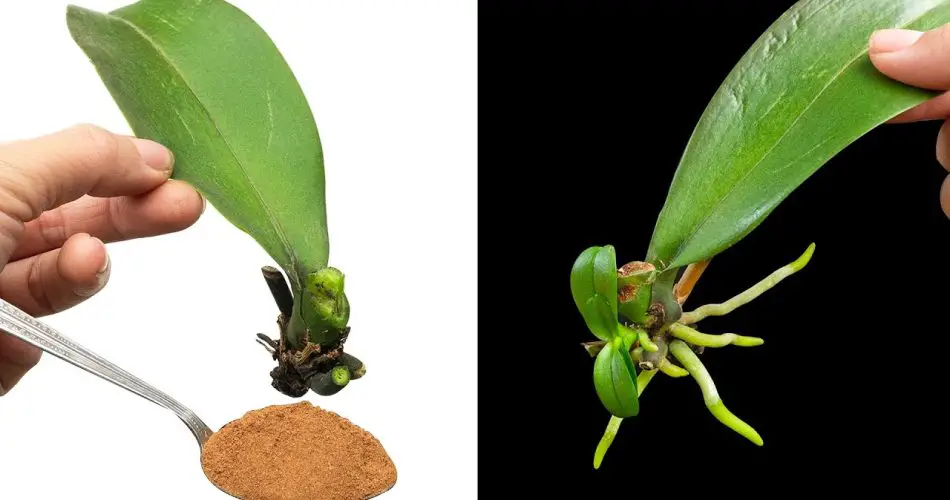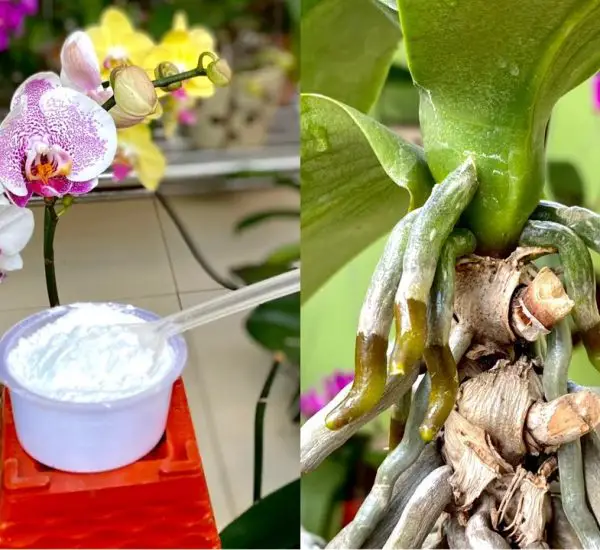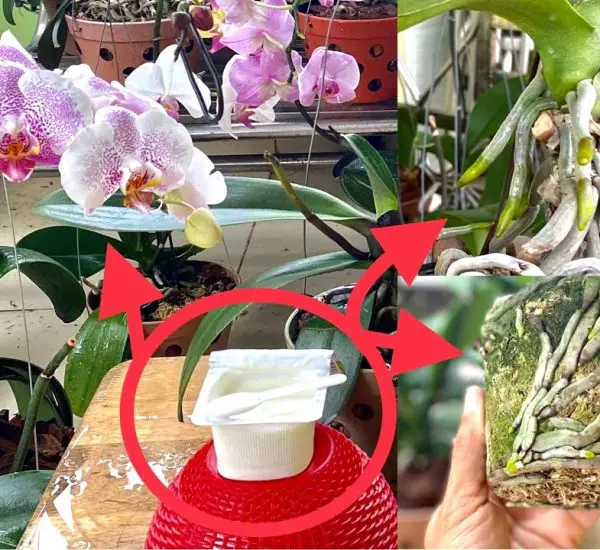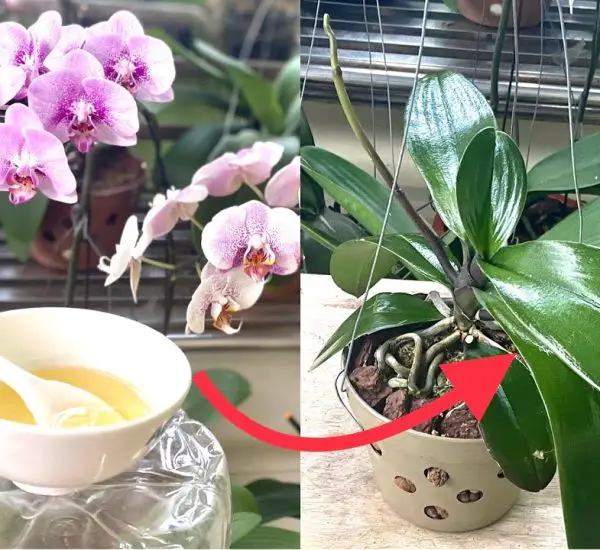Diagnosing and Preparing the Orchid:
Identifying root rot and leaf yellowing in Phalaenopsis orchids is crucial for effective treatment. Overwatering, coupled with inadequate drainage, often contributes to these issues. Begin the revival process by carefully examining the orchid. If the plant remains robust, despite signs of distress, consider it viable for propagation. Soak the orchid in water to facilitate moss removal and carefully eliminate all damaged leaves. In cases of top breakage and rot, swift action involves cutting away the affected areas, discarding old planting material, and preparing the orchid for rehabilitation.
Disinfection and Healing Process:
After removing damaged parts, it’s essential to cleanse the orchid thoroughly. Rinse the roots with clean water and employ hydrogen peroxide to eliminate lurking bacteria, ensuring absolute disinfection. This not only safeguards the plant from potential infections but also stimulates healthy and green root growth. To expedite healing, apply cinnamon powder to the cuts on the top and leaves of the orchid, promoting quick drying and recovery. Create a conducive environment for the orchid by using gravel for drainage at the base and a layer of construction sand on top.
Potting in Sand:
Rinse the sand to remove any salinity and plant the orchid in the sand-filled pot. Ensure proper drainage by placing an extra cup of water under the sand basin. Spray water to maintain moisture, adopting a bottom-up approach to keep the orchid dehumidified. This method prevents water accumulation on the plant’s tops. Over the next 1.5 months, observe the orchid’s rejuvenation as new growth emerges, and roots start to flourish. This technique encourages a controlled and steady release of steam from below, fostering the ideal humidity for orchids to revive.
Transplantation and Ongoing Care:
Around the 3-month mark, witness the successful revival of the orchid. New leaves and longer, healthier roots indicate the efficacy of the method. Now, transfer the plant to a new pot for enhanced growth in an external environment. To sustain this newfound health, regularly nourish the orchid by washing rice or aloe vera in water and applying it every two weeks. Position the orchid in a well-lit area to facilitate photosynthesis, spurring the revival of flower sprouts and robust root growth.
Embark on this comprehensive orchid revival journey, applying each step meticulously to ensure the thriving health of your once-struggling orchid.



